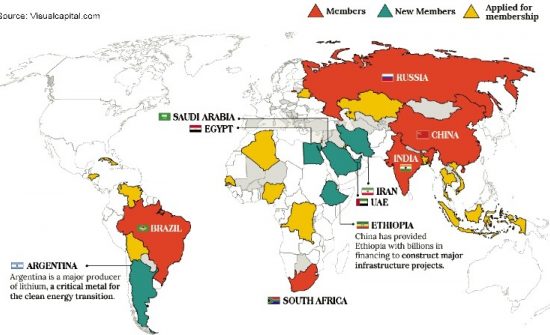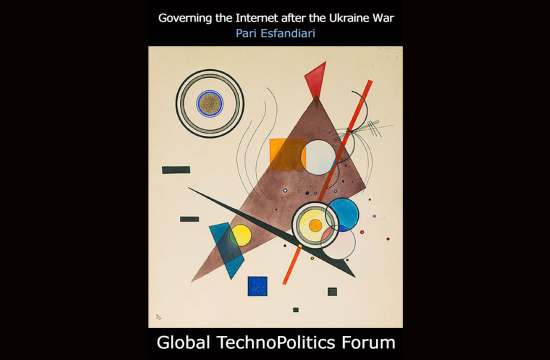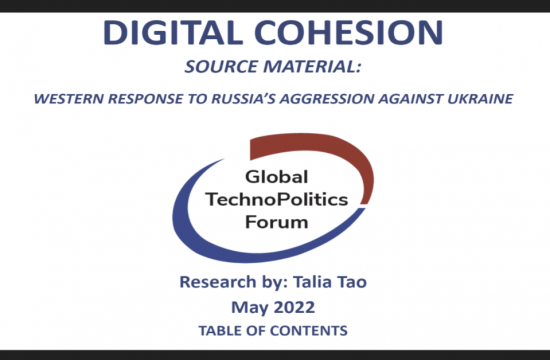A study by the Global TechnoPolitics Forum’s associate Paul Ross
In the last years of the Soviet Union, Mikhail Gorbachev deemed the Arctic, his country’s “extreme North,” a “Zone of Peace.” And so it has been, despite the emergence of new geopolitical currents, especially the opening of new seaways across the region, the expansion of access to the Arctic’s rich oil and mineral resources those new channels have enabled, and the appearance of non-Arctic states, such as China, eager to take advantage of those resources.
The peaceful collaboration, sustained by the Arctic Council (an organization whose leadership rotates among countries and institutions that are active in the Arctic), is indeed impressive and provides the source for the question that is at the heart of this paper: Can the Arctic region provide pointers for other regions where there is geopolitical tension as well as related issues of contention but where there is also potential for collaboration? Indigenous peoples in the Arctic, for example, have surmounted some of the world’s most daunting natural and environmental obstacles in their quest to connect far-flung settlements into thriving communities. Similarly, countries operating in the Arctic today have overcome geographic boundaries and overlooked political differences to join in undertaking collaborative projects that deliver clear and tangible benefits.
The key elements that have made the Arctic, despite its inhospitable climate, fertile ground for international collaboration are the trans-border role of Indigenous Peoples, Safety and Security, Scientific Inquiry, and Communication. The backdrop for assessing the role these elements play are the types of cooperation (government-to-government or primarily private sector-driven) and the geographic scope (national, cross-regional, or international).
Represented as “New Arrivals,” “Old Hands,” or “Global Citizens”, the strategic approaches countries active in the Arctic region adopt and the initiatives they undertake are shaped and guided by their particular political, economic, and cultural circumstances. Finally, the Arctic experience can be abstracted into a model that captures the interplay of its constituent elements – Pay-offs, Pressure points, and Balance – and has the potential to serve as a guide for those seeking a path towards cooperation in other regions and a means for resolving contentious issues.










